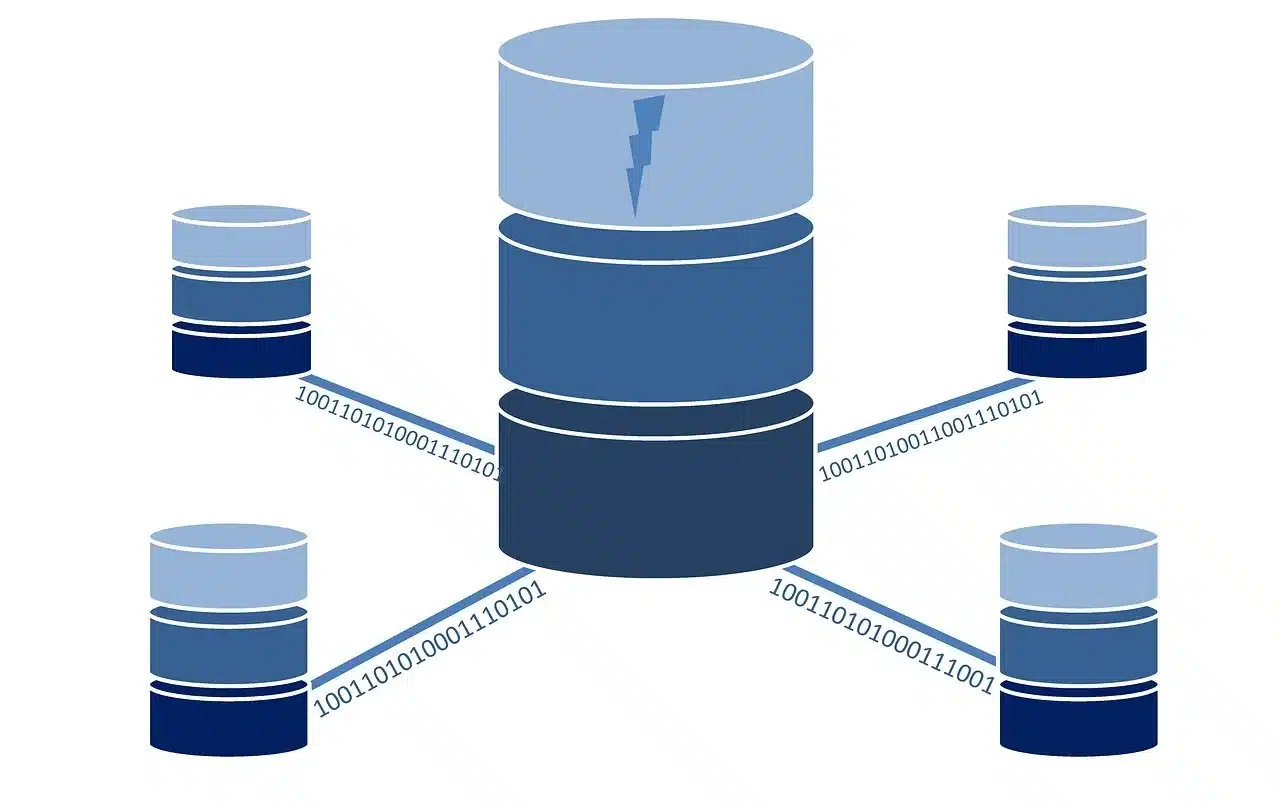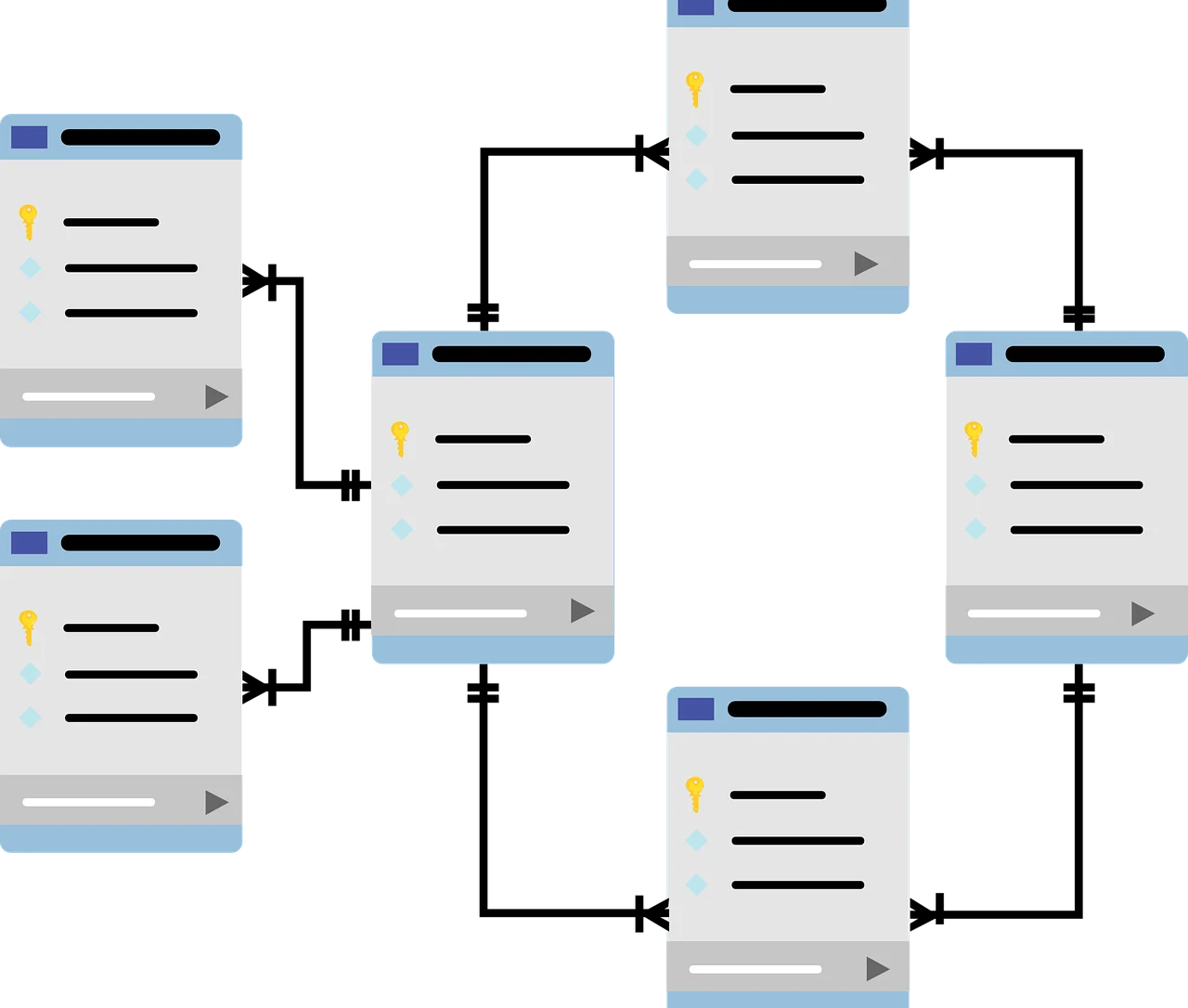
A database is an organized and structured set of information.
A database is a set of information that is organized and structured in a specific way so that its content can be treated and analyzed quickly and easily. The notion is used very frequently in the field of computing .
It should be noted that the concept of base , from the Latin basis , has multiple uses. The term can be used with reference to the support or foundation of something. A piece of information , on the other hand, is concrete information, a testimony, evidence or documentation .
Characteristics of a database
Databases present data structured according to different parameters . By arranging the information in a certain way, the user can find what they are looking for easily, unlike what would happen if all the data were mixed and without any type of order.
In the IT field, the content of a database can be consulted using software . Suppose a journalist has a database that presents information about European footballers. If you want to find out who is the oldest footballer on the continent, you can make a query through the software and the database will automatically sort the information according to age.
If the database is not digital, however, searching for information can be more complicated. When a library compiles the information about its books on index cards or paper cards that are ordered by author and initial letter of the title, anyone who wants to access a piece of information will have to review several index cards before finding the corresponding one.

Databases can be digital or printed.
Advantages of digital
Among the advantages of digital databases, in addition to the aforementioned query speed, we can mention the flexibility to expand them and relate the tables in a variety of ways. For example, if in a physical database we wanted to add a series of fields (in addition to recording "first name" and "last name" of customers, including their "home address" and their "email address" ), then we would take each one of the cards, write their name and finally specify the data for each one.
If there was no more space on one of the cards, it would be necessary to attach another one, something that would make the task even more difficult. On a computer, simply add the desired number of columns once, and then simply update each record with the new data.
Regarding the relationship between the different tables, this is the point at which the power of digital databases becomes truly fascinating . If we must create a database of students at a school, for example, the simplest version would include a table with the personal information of each one, such as their first and last name, their registration date, their address and contact information. .
Of course, to take advantage of the possibilities that computing offers us, we could make it much more complex. If we wanted to specify which year and division each student is currently in, as well as the details of the teachers with whom they are studying, it would not be very appropriate to include all this in the record of each student, since this would involve a colossal job, which should be updated every year; This is where the relationships between tables come into play.
If we add a table called "Groups" , there we can record only once the data of the teachers who are working in each class, in each division, and simply relate the " Students" table with it so that it is enough to indicate a value (such as the unique group code ) to access all the details of your class. Furthermore, specific teacher data should be in their own table, from which we could take just an identification number to refer to them in "Groups" .
